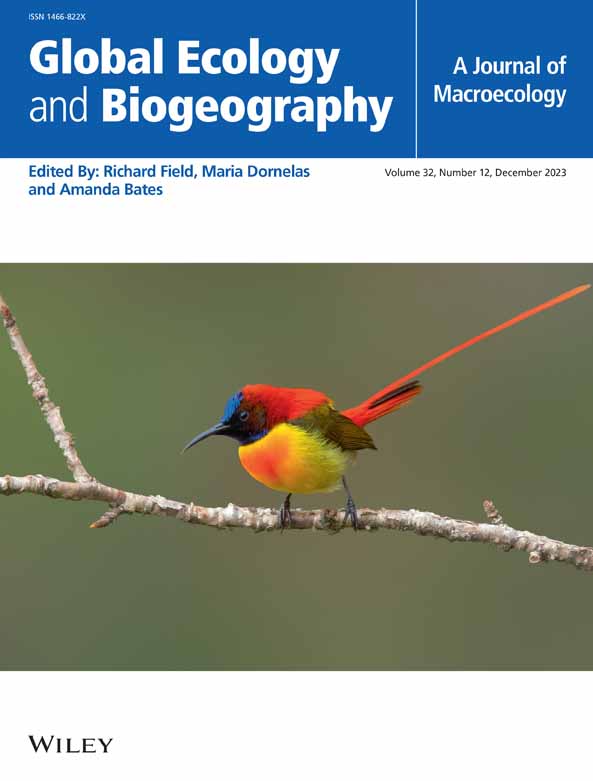Moving Beyond Temperature Metrics in Coral Bleaching Prediction Using Interpretable Machine Learning
Abstract
Aim
Marine heatwaves are the greatest threat to coral reefs, but the interplay between other physical environmental factors often influences the thermal sensitivity of corals. While existing coral bleaching algorithms largely depend on temperature-related metrics, such relationships may not hold under climate change when corals experience thermal and environmental variability that may shape bleaching susceptibility. Our aim is to use an interpretable machine learning-based approach to explore the effects and critical thresholds of thermal history and environmental drivers on bleaching outcomes.
Time Period
2016–2020.
Location
Great Barrier Reef (GBR), Australia.
Major Taxa Studied
Scleractinia corals.
Methods
A spatially cross-validated ordinal random forest model was applied to predict 2643 observed coral bleaching outcomes of three levels using 19 potentially informative environmental parameters (i.e., predictors) across three bleaching events on the GBR. We estimated the importance and marginal effects of each predictor using the SHapley Additive exPlanations method. Using the 10 most important predictors, we then fitted and applied a model to predict bleaching on unsurveyed reefs with predictor properties that the model had high confidence in.
Results
Our model predicted bleaching intensities with 80% accuracy. While accumulated heat stress was the strongest predictor, non-linear interactions between drivers resolved observed bleaching outcomes and showed that heat stress alone could not always predict bleaching responses. Reefs with weak currents or high water clarity showed higher bleaching risk even with moderate heat stress. Severely heated reefs with high cloud cover or recent exposure to higher thermal stress exhibited lower bleaching risk.
Main Conclusions
We show that corals respond to acute heat stress differently depending on thermal history, water flow and light availability. Integrating environmental heterogeneity into coral bleaching algorithms, reef vulnerability assessment and spatial conservation planning will be critical for identifying bleaching refugia, facilitating coral adaptation and supporting reef persistence under climate change.


 求助内容:
求助内容: 应助结果提醒方式:
应助结果提醒方式:


